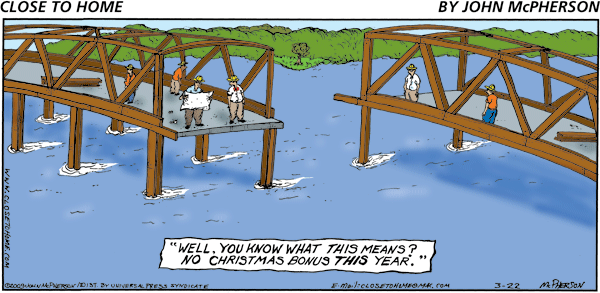The “save to grow” paradox is becoming less of a theory and more a paradigm shift among companies operating in the U.S. Traditionally, cost control has been a last resort for businesses headed into the red. However, a look at the data from the most recent Deloitte biennial survey of cost reduction practices among Fortune 1000 companies tells a different story.
When the 2007-2008 recession hit, many companies did indeed have to scramble to cut costs and stay afloat. However, with the worst of this recession behind us, the data shows that emphasis on cost control remains a high priority. In fact survey participants indicated that in the next 24 month period, cost control has more strategic priority in their planning than revenue growth initiatives.
This focus is a realization that gains in revenue have less impact on the bottom line than reductions in cost. This is because just a fraction of any revenue gain reaches the bottom line, while any dollars saved controlling costs goes straight to the bottom line. As a result, even companies with increasing revenue should keep a close eye on costs to improve margins and profitability.
In the case of energy, waste removal and telecom expenditures, these expenses can take up as much as 20% of an operating budget. This number rises even higher for companies that operate multiple office buildings or retail locations. With such a large percentage of the budget, these can be prime areas to gain competitive cost advantage in overhead and margin.
Unfortunately, most companies are not equipped with the resources to properly manage these initiatives internally. As shown in Figure 19 in the Deloitte study, the most common barriers to effective cost reduction are:
- Lack of Understanding (53%)
- Weak Business Case (31%)
- Poor Design and Tracking (31%)
- Erosion of Savings (23%)
These barriers arise from poorly planned cost control and reduction initiatives. It’s unfortunate that poor control of costs often leads to poor operating results. To avoid this situation, consider seeking guidance on cost control from experts outside your business. Outside experts can often provide the expertise, perspective, scale and specialized skills to reduce and keep costs down over time.
Here are four reasons to look outward for cost control success:
1. Expertise and Perspective
Outside consultants provide expertise and depth of knowledge in a niche area. They are familiar with common shortfalls, regulations, loopholes, precedents, tariff language and tax code in their focus area.
For example, in many telecom, energy and waste removal contracts there is complicated and industry specific language that dictates what you pay and how you pay for services. To properly understand the details in this section almost always requires an expert in the given field. Misinterpreted language commonly leads to overpayment.
2. Time Investment and Scale
Most cost control initiatives managed within an organization are doomed from the start. Lack of understanding leads to cost control practices that either don’t produce or are canned because of a weak case for implementation.
Outside consultants can leverage a whole team of experts to expedite audits and proposals with streamlined processes for implementation. Should there be a case for cost control, outside consultants can deliver the results in a fraction of the time it would take internally.
3. Contingency-Based Fees
Often a barrier to cost control is a misperception of the cost-benefit equation. What many organizations miss is how cost control doesn’t only impact capital expenditures, but other areas of the business as well. These inefficiencies add up over time and often reduce productivity and quality of work.
Many cost reduction experts provide contingency fee structures to help overcome this barrier. With a contingency fee system, any cost is based upon the savings resulting from findings from an audit and only if you choose to implement recommended changes.
Note: Contingency-based fees are not the only fee structure offered. A common contingency fee is 50% of cost savings over 3 years, however many consultants also offer hourly and flat rate alternatives as well.
4. Negotiation Experience
Often savings recommendations involve renegotiating with vendors or suppliers based on findings. Success here will require both negotiation experience and experience negotiating within a specific industry.
Trying to manage this in-house is difficult. Only someone with experience in a given industry can negotiate the special terms and language particular to that industry. In addition, these terms might vary by state and even by county, requiring additional knowledge. Negotiations will also involve knowledge of precedents associated with similar size companies in the past.
To handle all of this in house requires significant time for research and a top tier negotiator.
Cost reduction and management is an excellent route to take in improving profitability and gaining a competitive edge. Reductions in operating costs have more impact to the bottom line than do gains in revenue and thus should remain a top strategic priority.
Before taking on cost control internally however, you should consider the amount of time, resources and expertise it takes to implement initiatives successfully. Outside consultants often provide affordable, streamlined expertise as well as specialized skills, making them invaluable to the success of most cost control initiatives.


